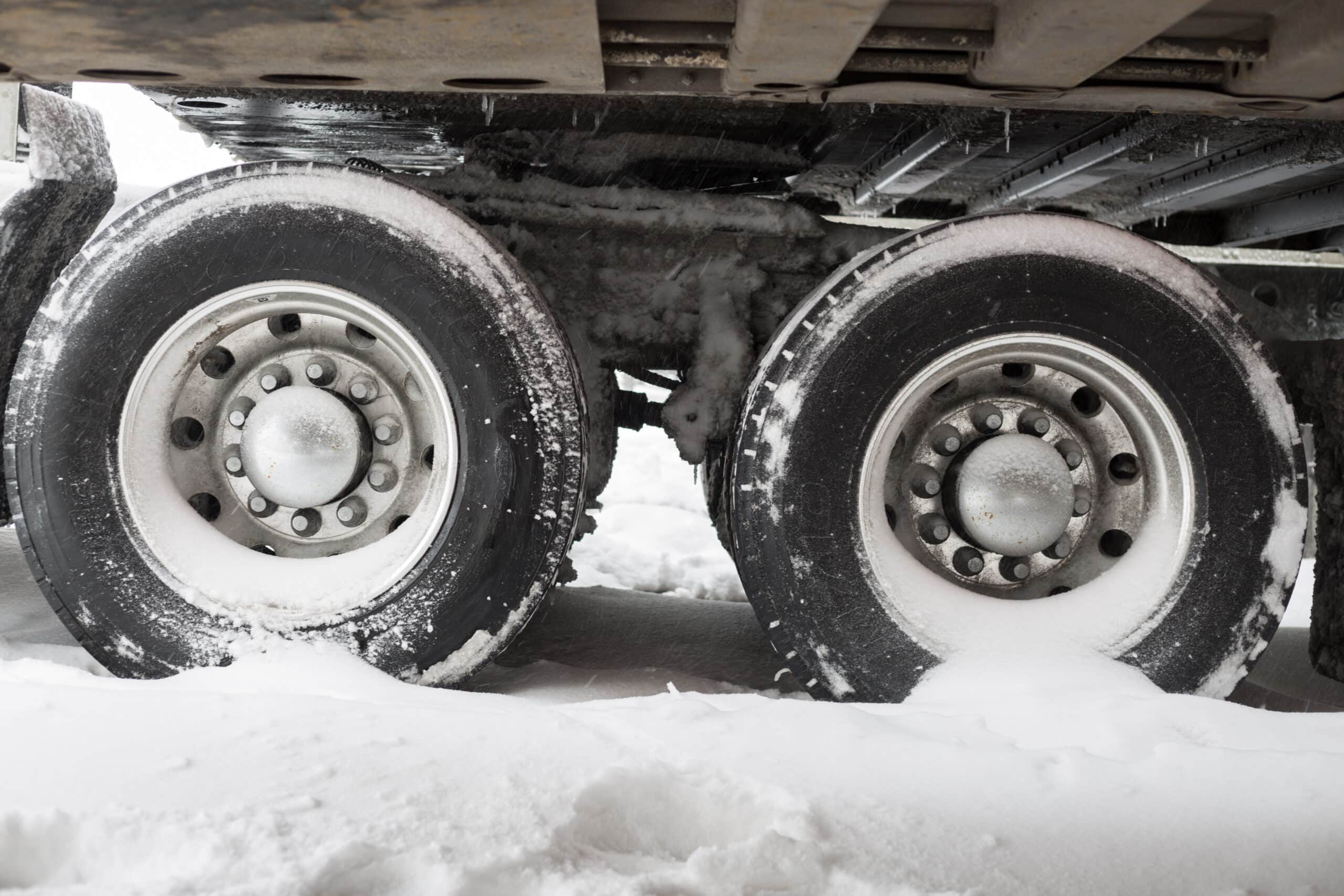
Across the country, trucking fleets are determining which routes their drivers should take based upon traffic concerns, time, distance, and cost of fuel. Weather forecasts and changes in outside temperature are other factors that can impact fleets and their tire inflation pressures.
As trucks are traveling through different states and regions of the country, tire pressure management needs to be a top priority for drivers and fleet managers.
Ensuring proper tire inflation pressures will help reduce equipment downtime, improve safety and help lower tire-related maintenance costs. The right technology will help make this possible in the most effective way.
Varying Climates
As seasons change, fluctuation in outside temperature will have a direct impact on tire inflation pressures.
The need for a reliable and durable system that monitors each tire and provides real-time alerts is extremely high.
Not only is the decrease in tire pressure a safety concern, but it is also a cost concern. Improper tire inflation can result in uneven tread wear and lower MPG.
Road Condition Challenges
Once the winter months begin to creep up, road conditions start to diminish as well.
An increase in snow and ice on the roads can lead to dangerous driving conditions. Maintaining proper tire inflation pressure can help reduce stopping distances and improve vehicle handling.
Without real-time updates and specific direction on which tires are beginning to be maintenance pain-points, these temperature drops and road conditions could directly impact a fleet’s safety, efficiency, and operational costs.
Be Prepared
Now is the time to prepare for the winter months ahead if you have not already done so.
With the rising need and dependence on trucking transportation due to supply chain issues nationally and globally, it is time for fleets to prioritize proactive tire maintenance.
A tire monitoring system will assist the driver to verify that all tires are running at peak performance while making their job easier and more efficient.
Educating Drivers
Tire pressure is not the only risk during the winter months. Instructing your drivers on how to pay close attention to rims, wheels, and hubs on the equipment can improve performance as well.
It is common for drivers to feel a vibration while driving due to ice, dirt, debris, and salt. This can give the false impression to the driver that something is wrong with the tire pressure.
With TPMS, the driver will be able to quickly see there is no alert for tire pressure, allowing for a quicker diagnosis of what the problem actually is and avoiding further downtime.
To avoid or prevent the build-up of ice, dirt, debris, or salt, the driver will need to regularly wash the equipment with warm water.
Get on the Road
We understand the challenges facing fleets today, including the unpredictability winter weather, can cause on their operations.
Tire monitoring systems can help resolve some of these challenges by providing real-time tire pressure-temperature data to help increase equipment uptime, improve vehicle safety and longevity of your tires.
We can’t wait to see you out on the road. Our drive keeps you moving!
